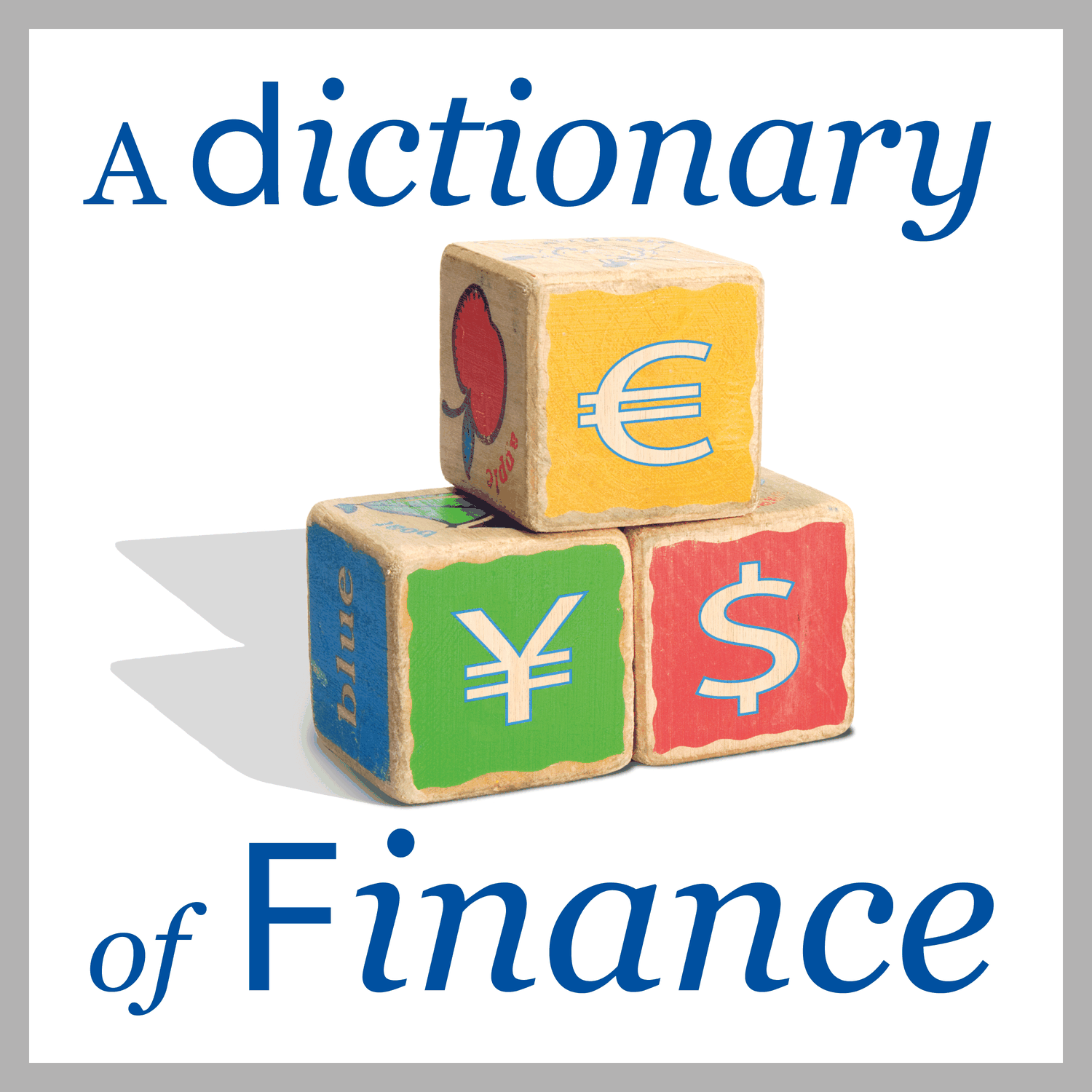If you’re using structured finance and you know it, clap your hands
Description
Did you know that, most likely, you are a beneficiary of structured finance? So before you go bashing opaque financing structures that you think caused the financial crisis a decade ago, please make sure you know what you are talking about – or at least give this episode a listen.
Milena Messori, head of division for EIB’s intermediated finance for micro-, small- and medium-sized enterprises and Karen Cannenterre, structured finance officer within that same division, explain to us how structured finance has allowed banks to provide mortgages to a much broader range of people. They do so, basically, by selling those mortgages on to investors who are interested in taking a risk with people like you and us. So a hedge fund might be willing to even risk it with Allar’s mortgage. And every conservative pension fund would naturally buy a piece of ever-dependable Matt’s mortgage.
This is one example of structured finance: structuring financing based on the risk-appetite of different types of investors, and thus bringing more investors, more money into the capital market.
It is also an example of securitization: making something that you can’t invest in (Matt’s mortgage with a bank) into a security that you could invest in.
It might also be an example of a synthetic securitization: in case Matt’s bank has not created a special purpose vehicle (a separate company) to dump off mortgages to, and has simply signed a contract specifying which mortgages are up for grabs for a given investor – that is considered a synthetically structured deal.
And it is also an example of an asset-backed security: because the security (the bond the bank issues) the investor is buying is backed by Matt’s apartment.
If then someone buys up a subordinated security in that tranche of mortgages, and Matt defaults on his mortgage… never mind, he wouldn’t do that. If then Allar defaults on his mortgage, and it turns out the housing market is going through a downturn (hasn’t ever happened in Luxembourg, but who knows, right) and the asset – the apartment – does not cover the loan value anymore, the subordinated security owner takes that loss, saving all the other investors. This is what is called a first loss piece – a riskier, and thus potentially also more rewarding, piece of the financing. It functions as a credit enhancement to the tranche, and potentially to the company selling a package of assets, and is another example of structured finance.
More Episodes
What do you do when an economy is struggling? If you’re a policymaker, a politician, or a central banker, you develop a stimulus package. That’s the term we examine in today’s episode. It’s the inside story of one of the biggest stimulus packages in history, to find out how it was set up, how it...
Published 11/16/20
Published 11/16/20
When we speak of the virtual world and storing things in ‘the cloud’, we seldom stop to realize that our digital climate impact is not virtual at all
Many people see digitalisation as this magical pixie dust that Tinker Bell sprinkles on old industries to make them all environmentally...
Published 01/07/20


